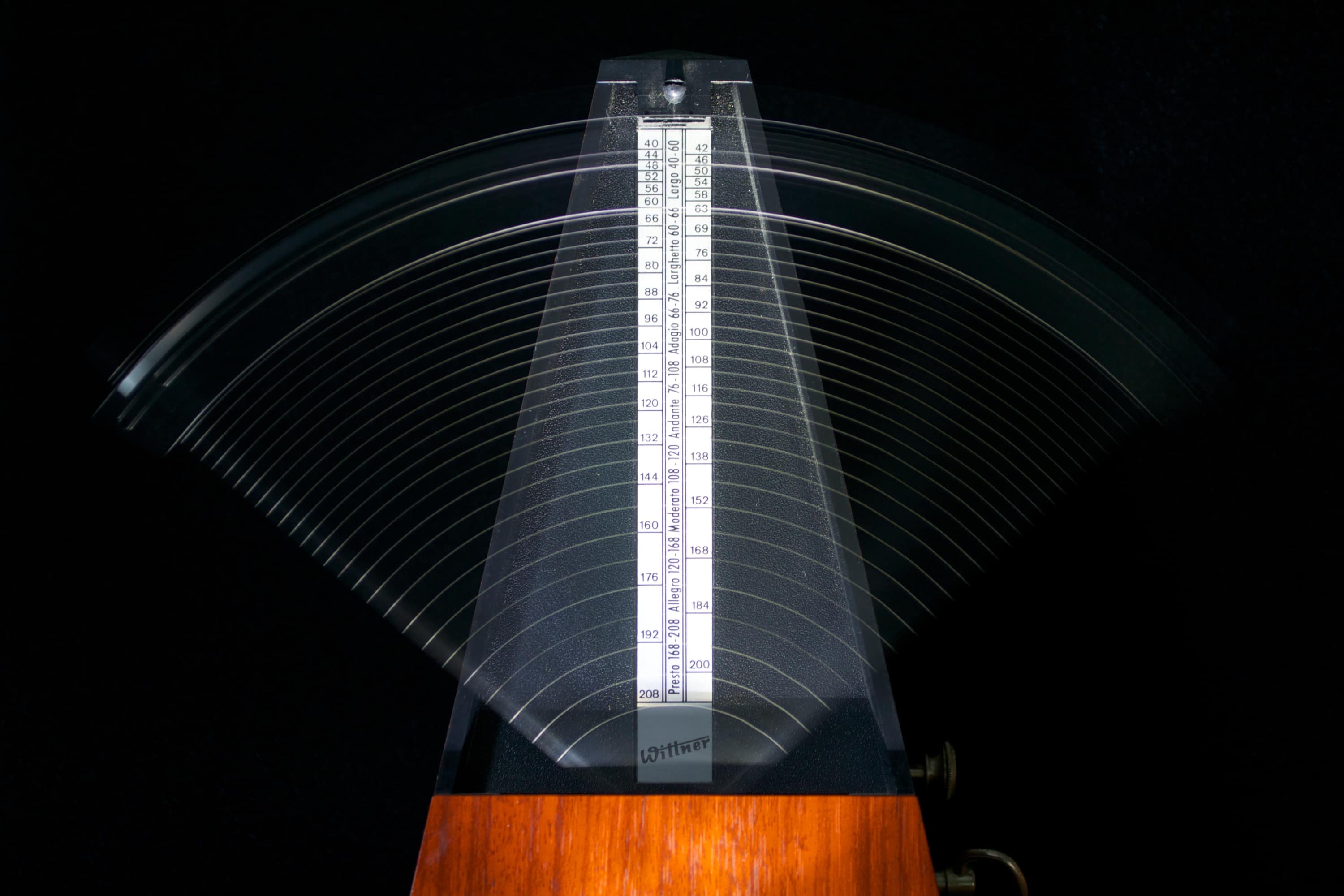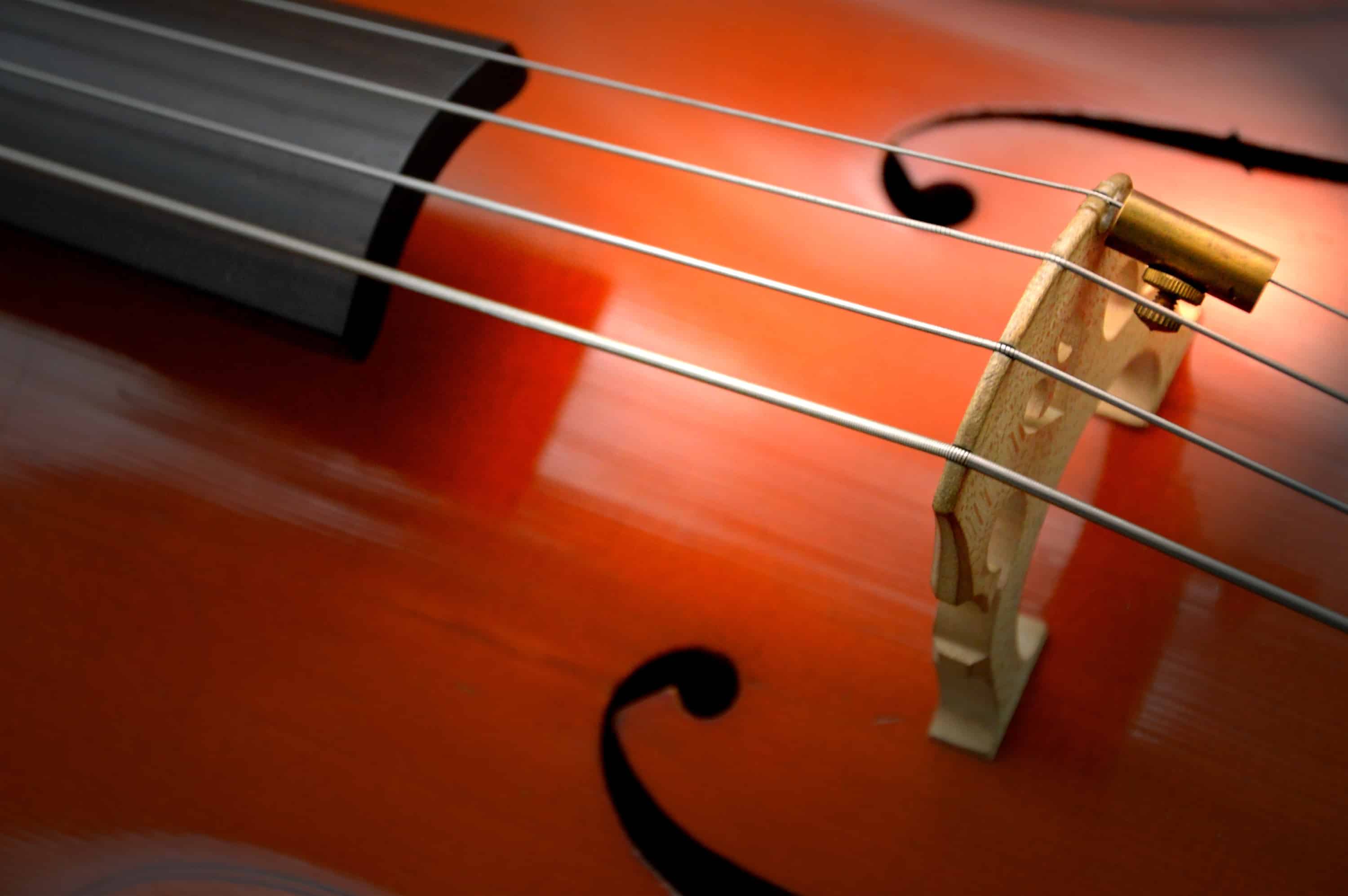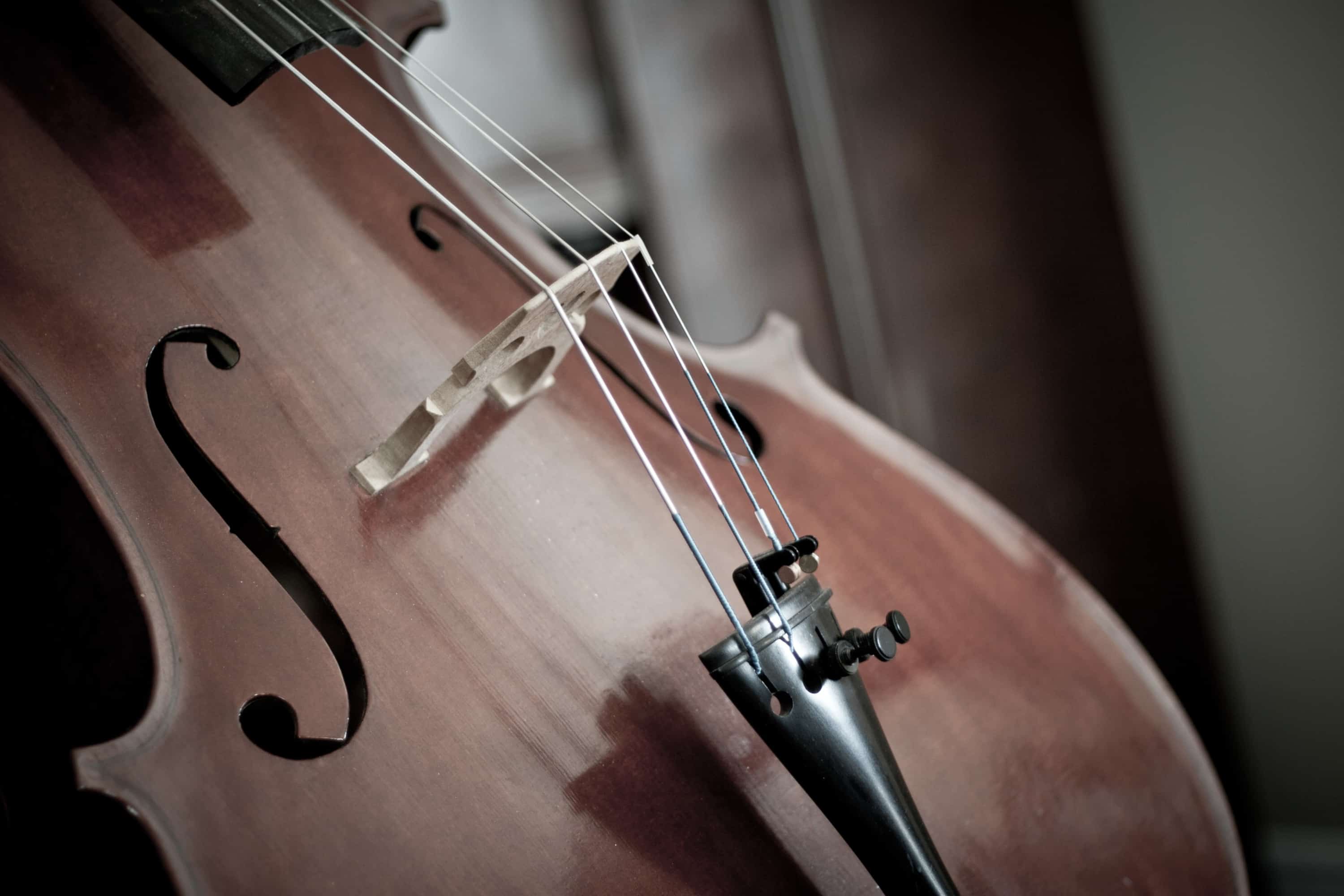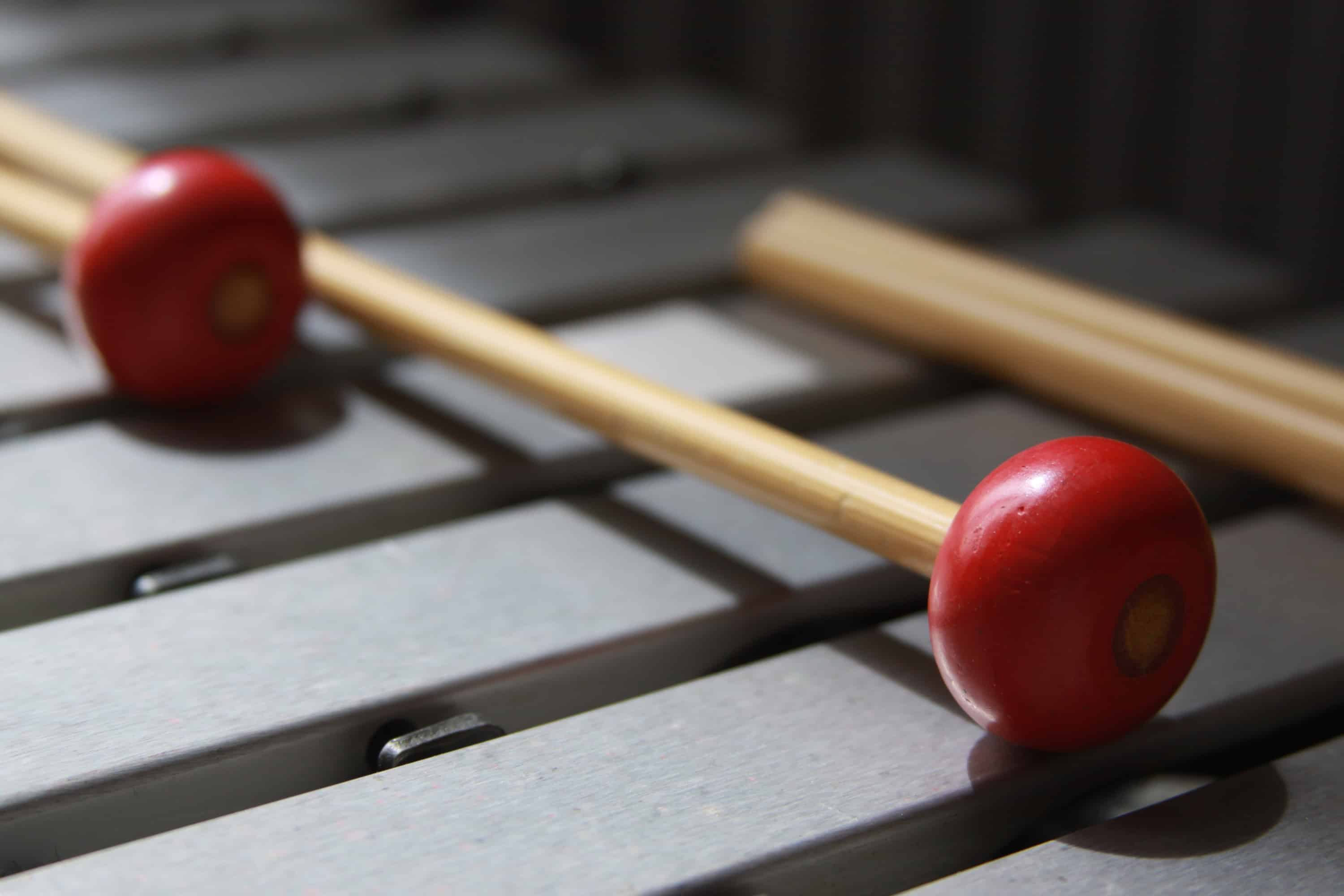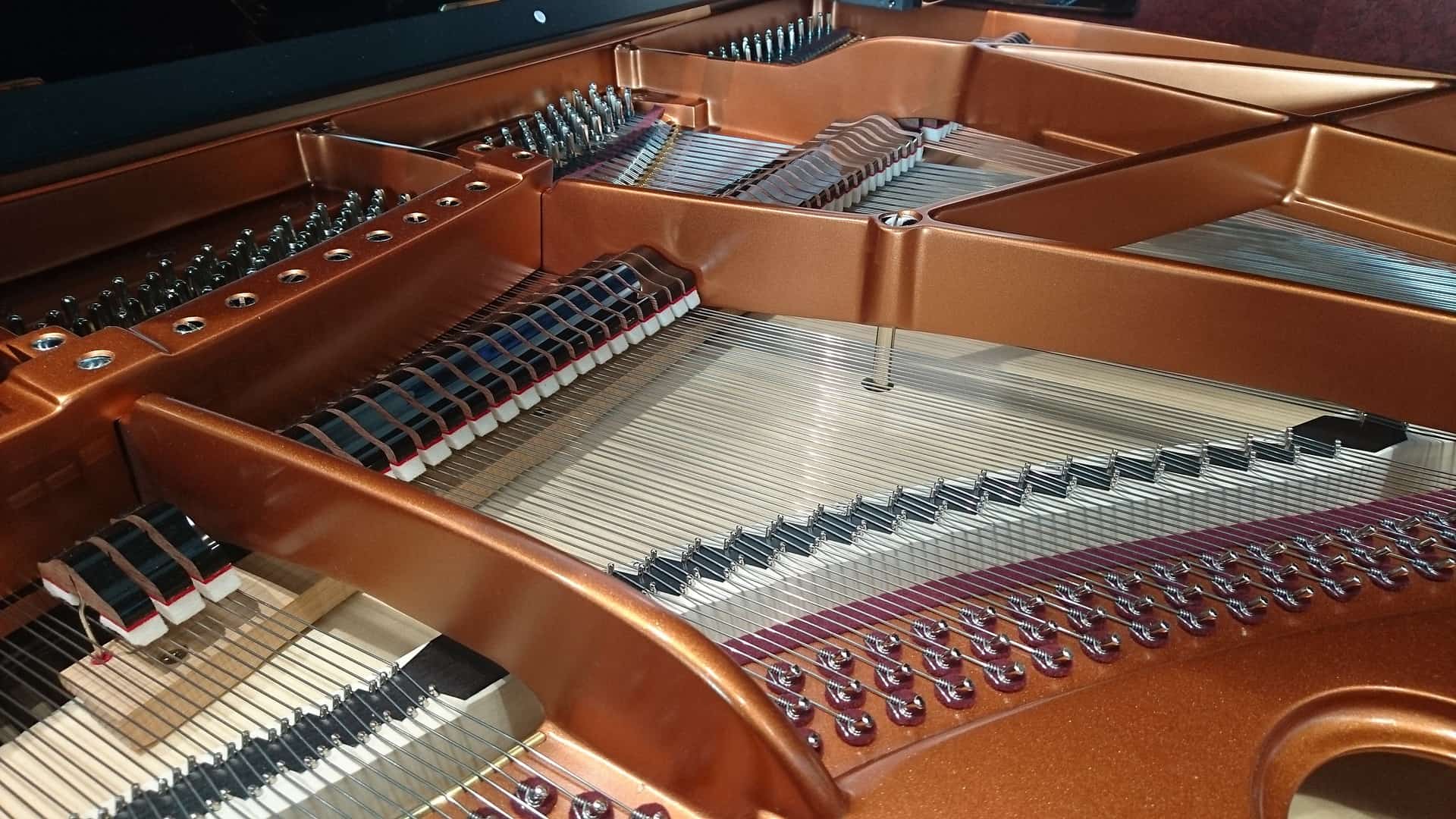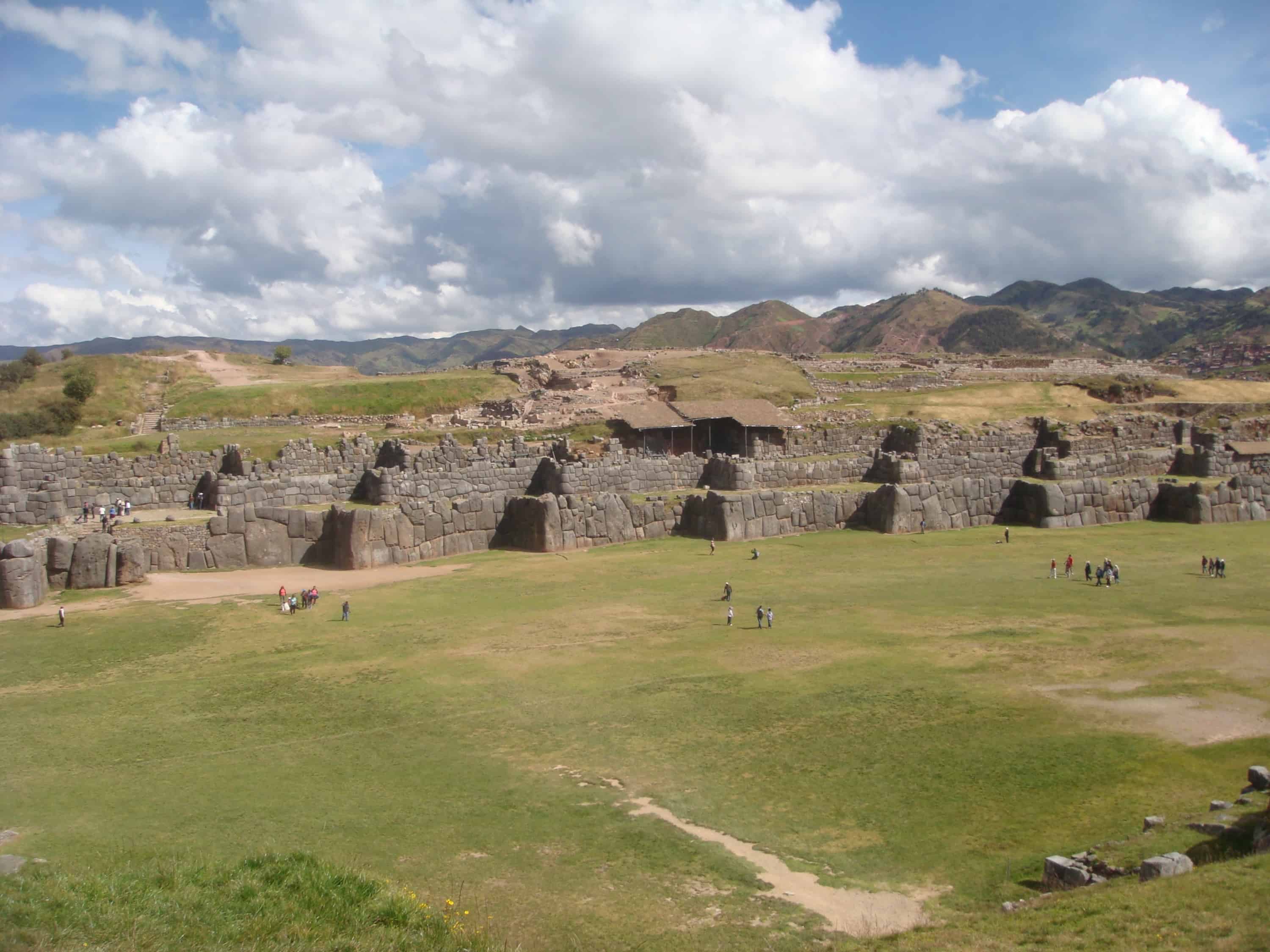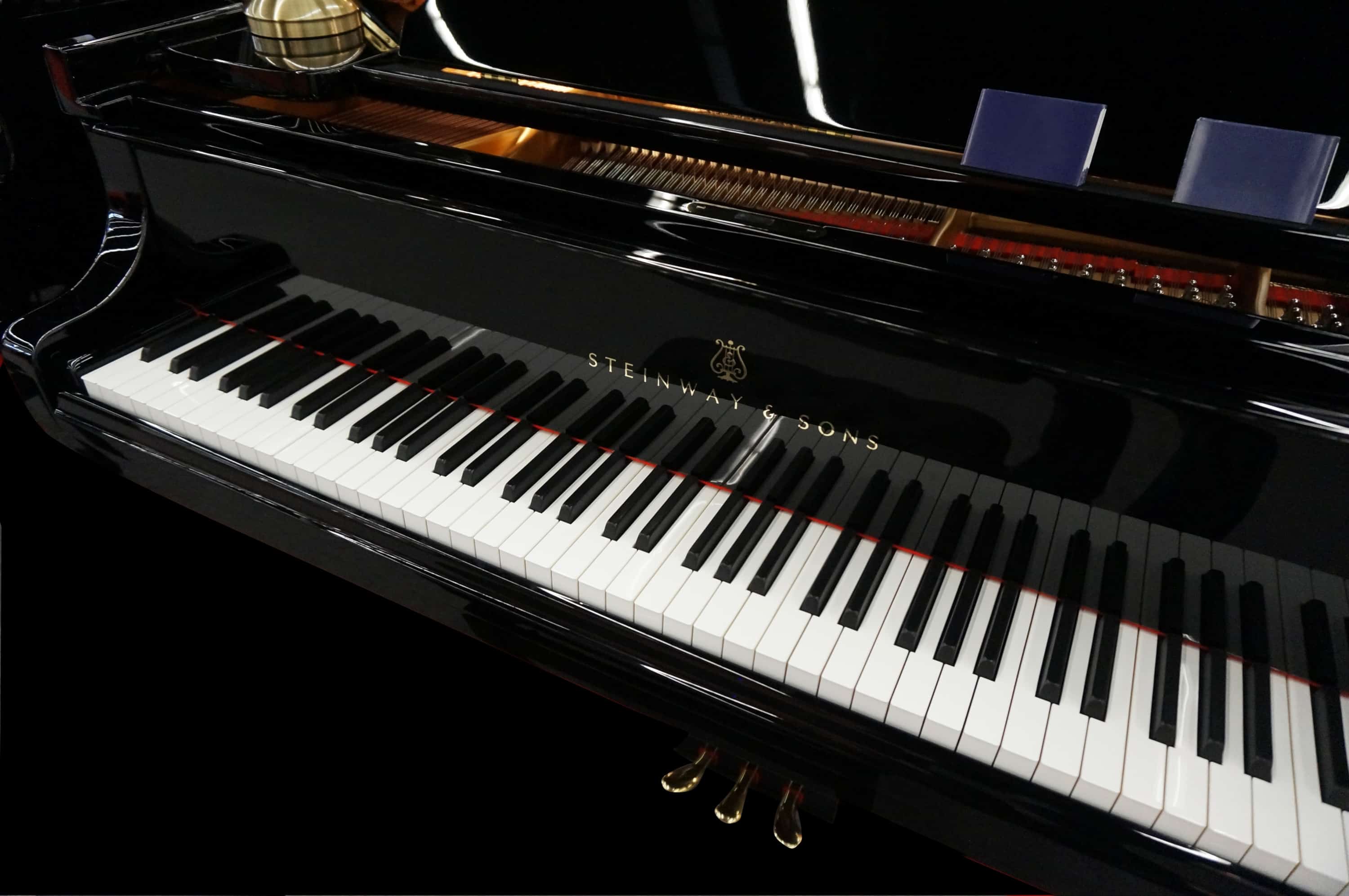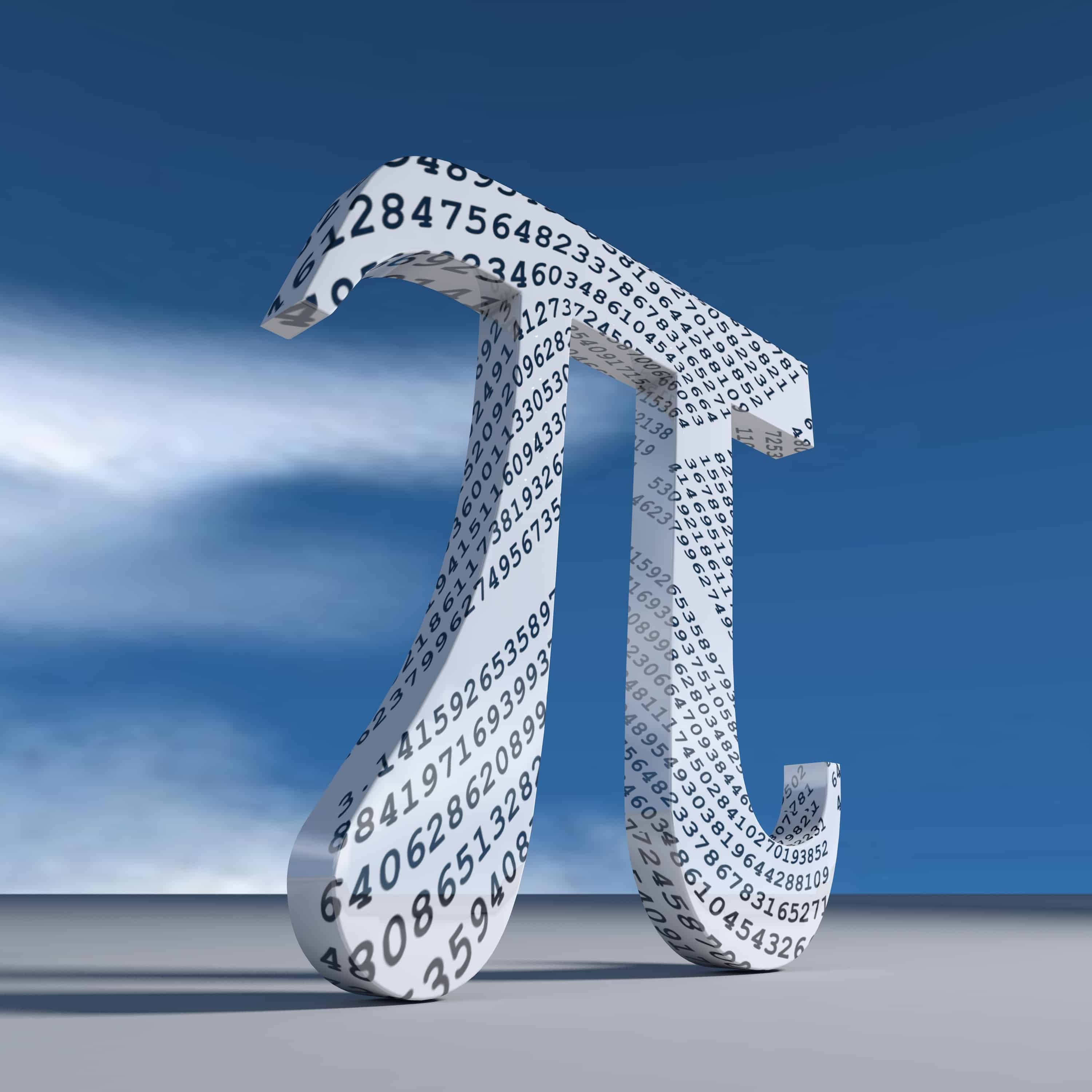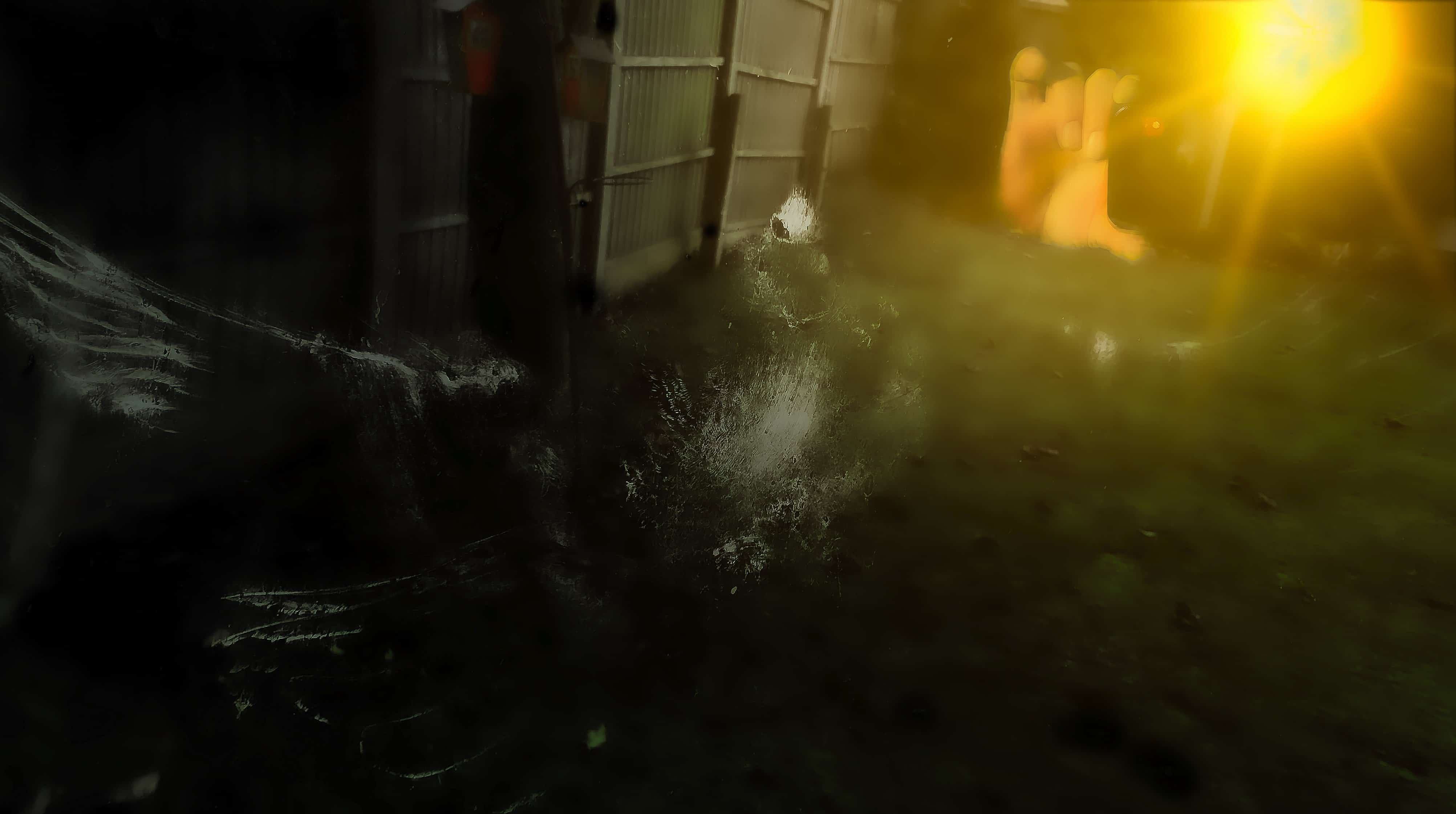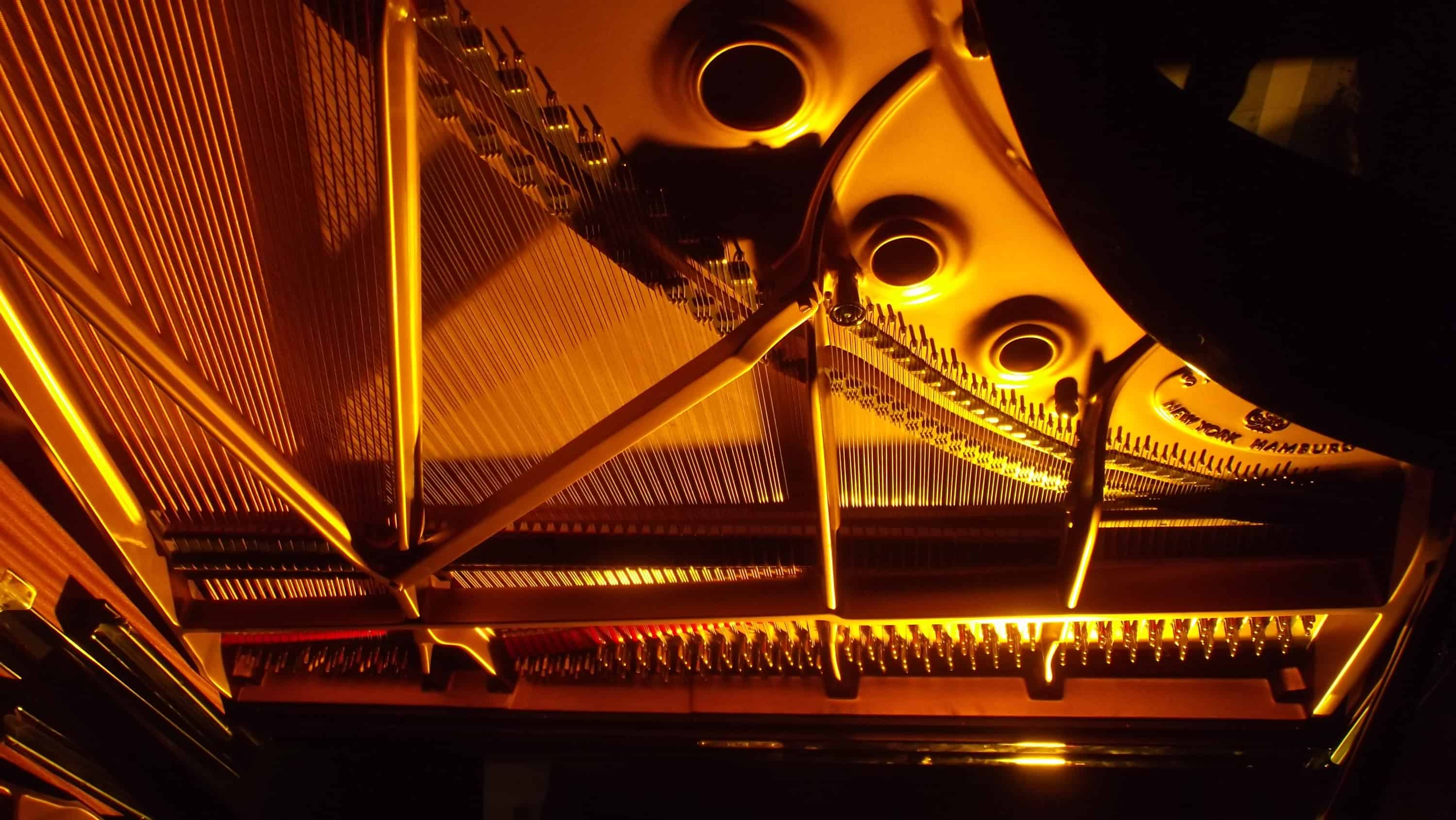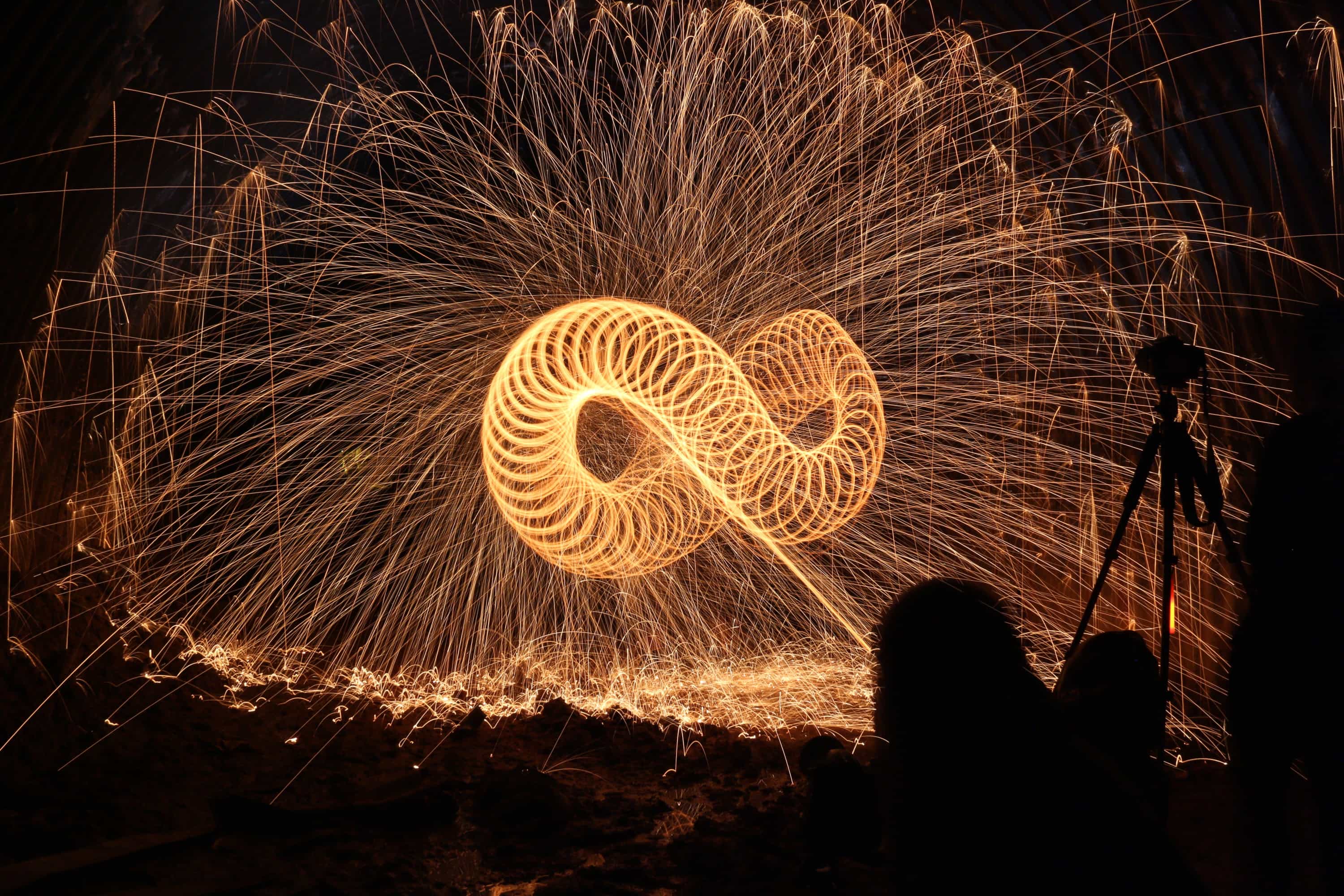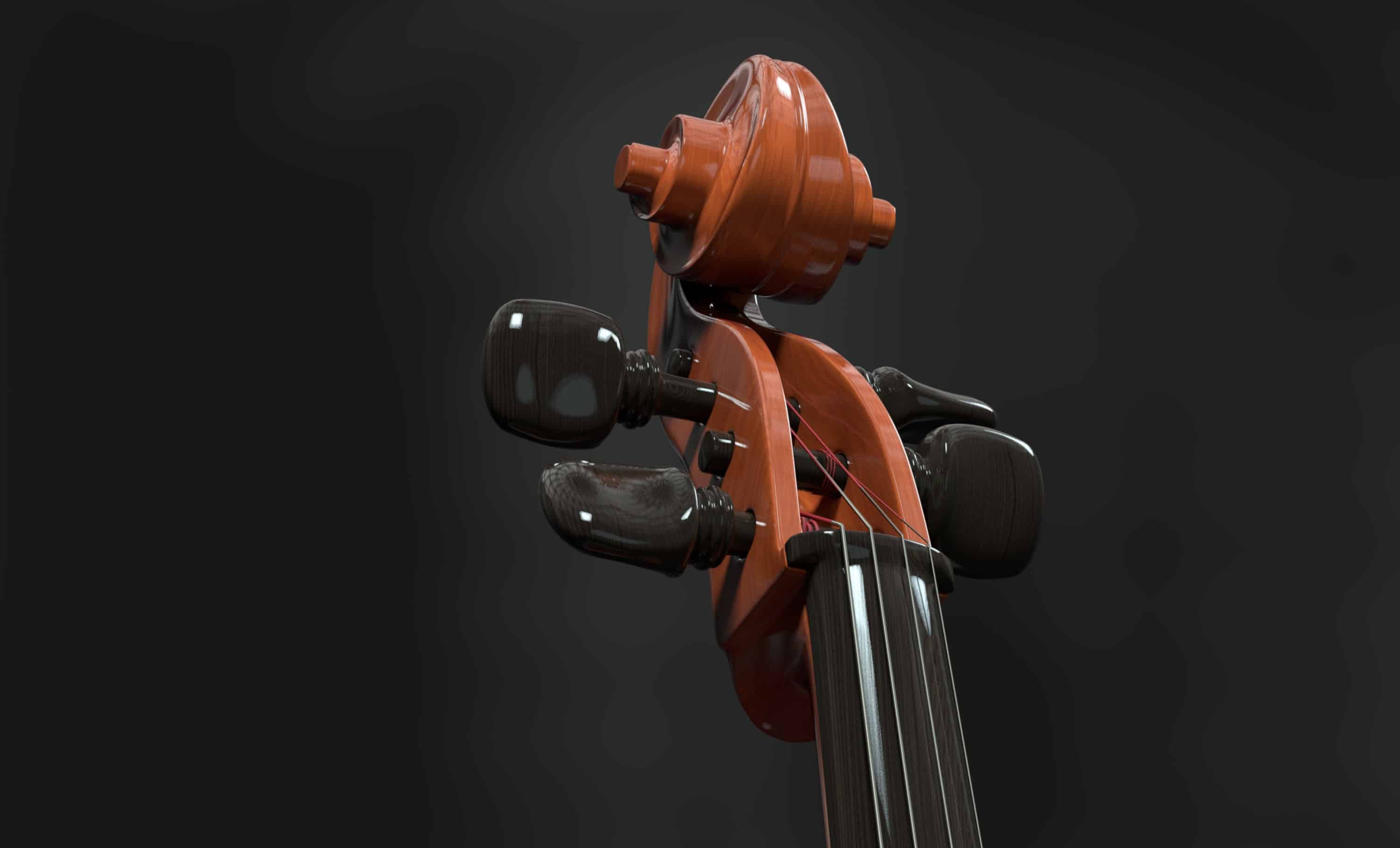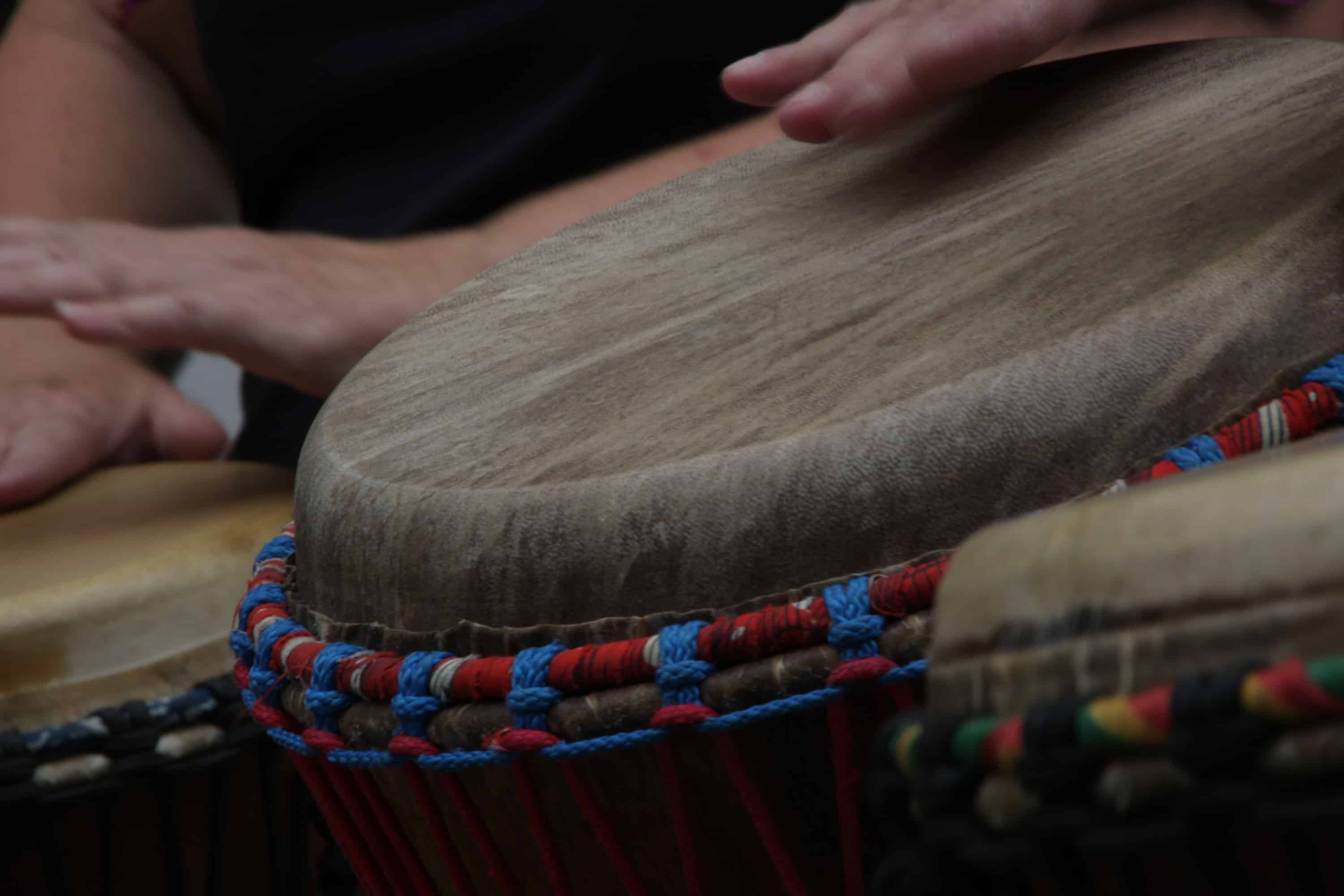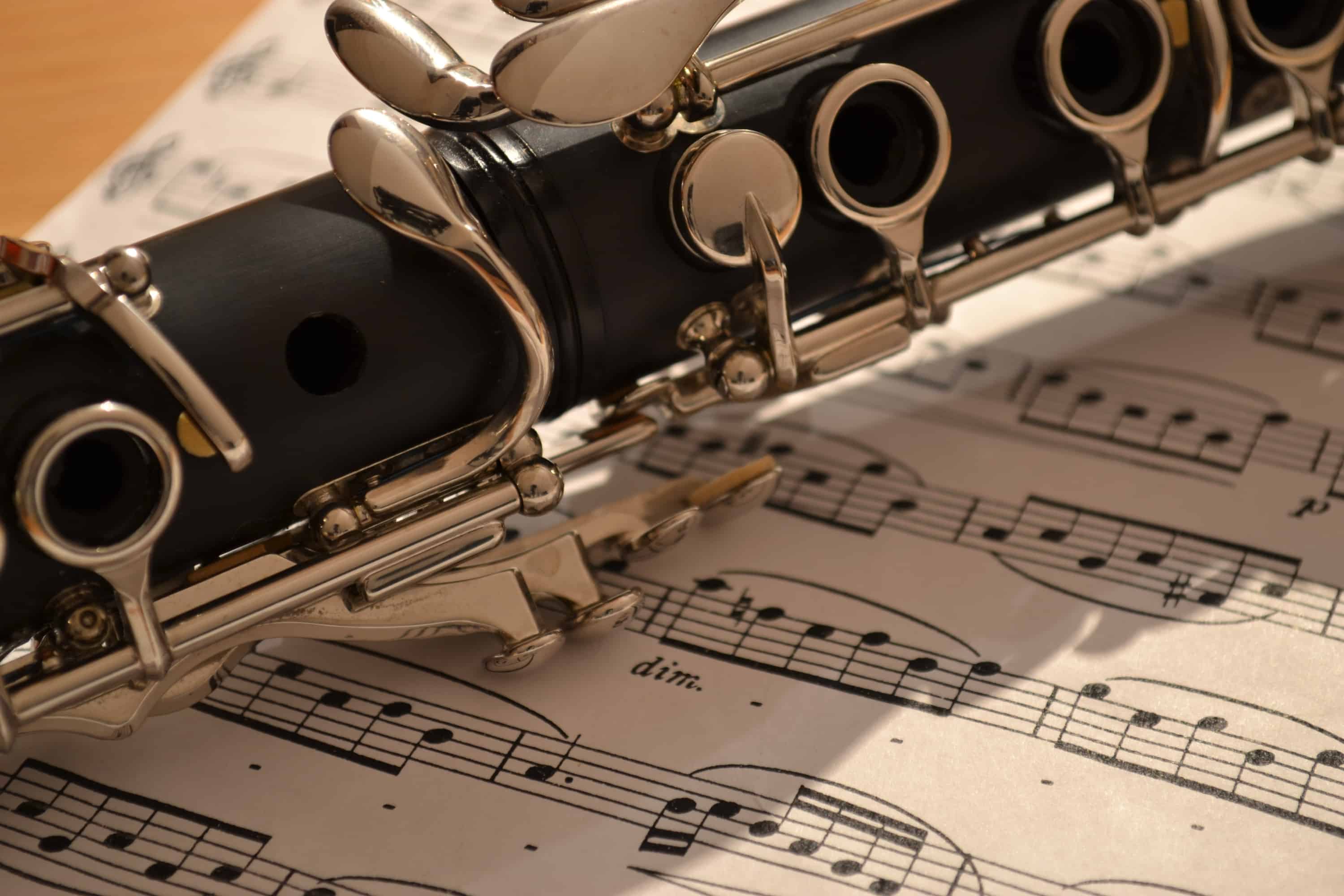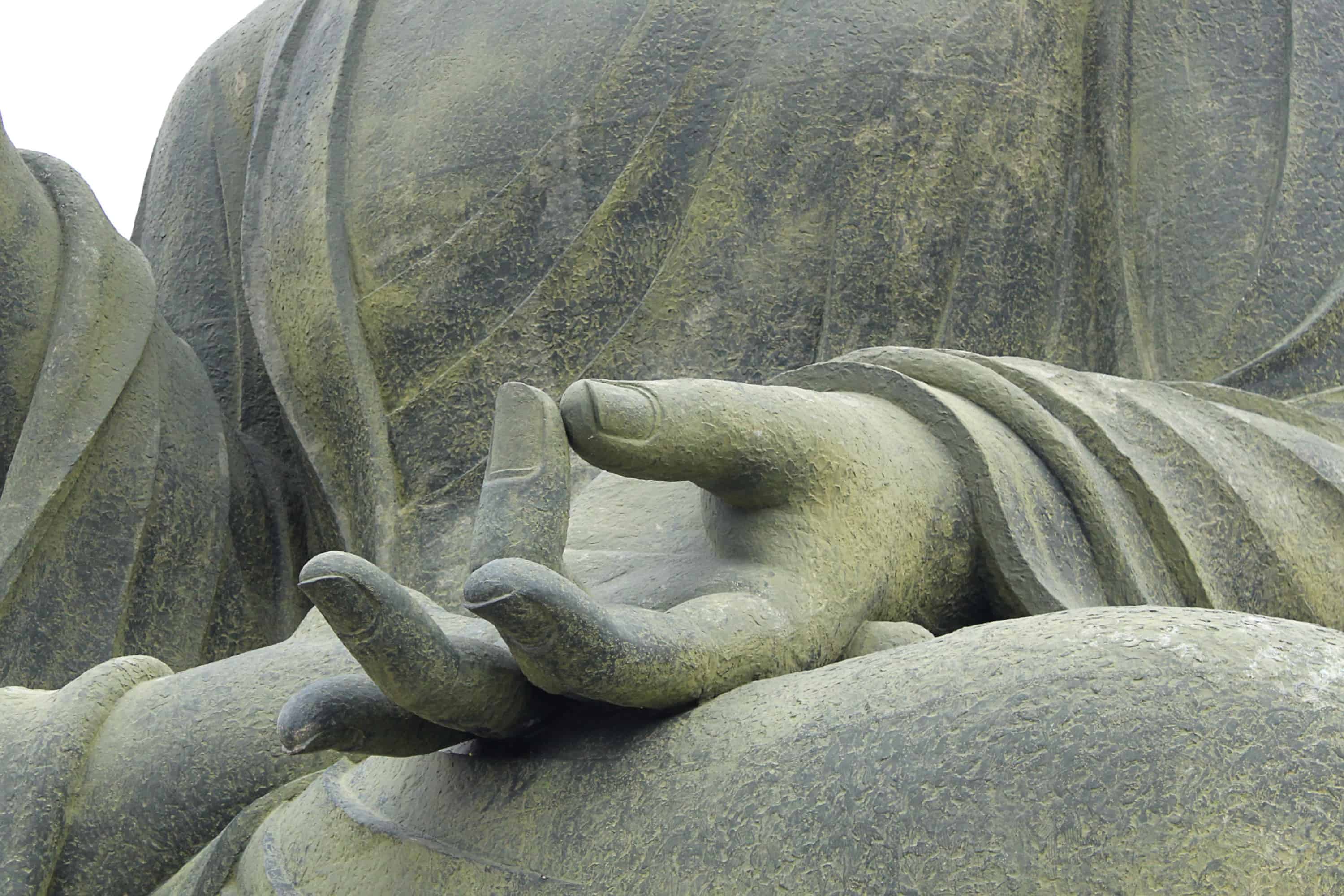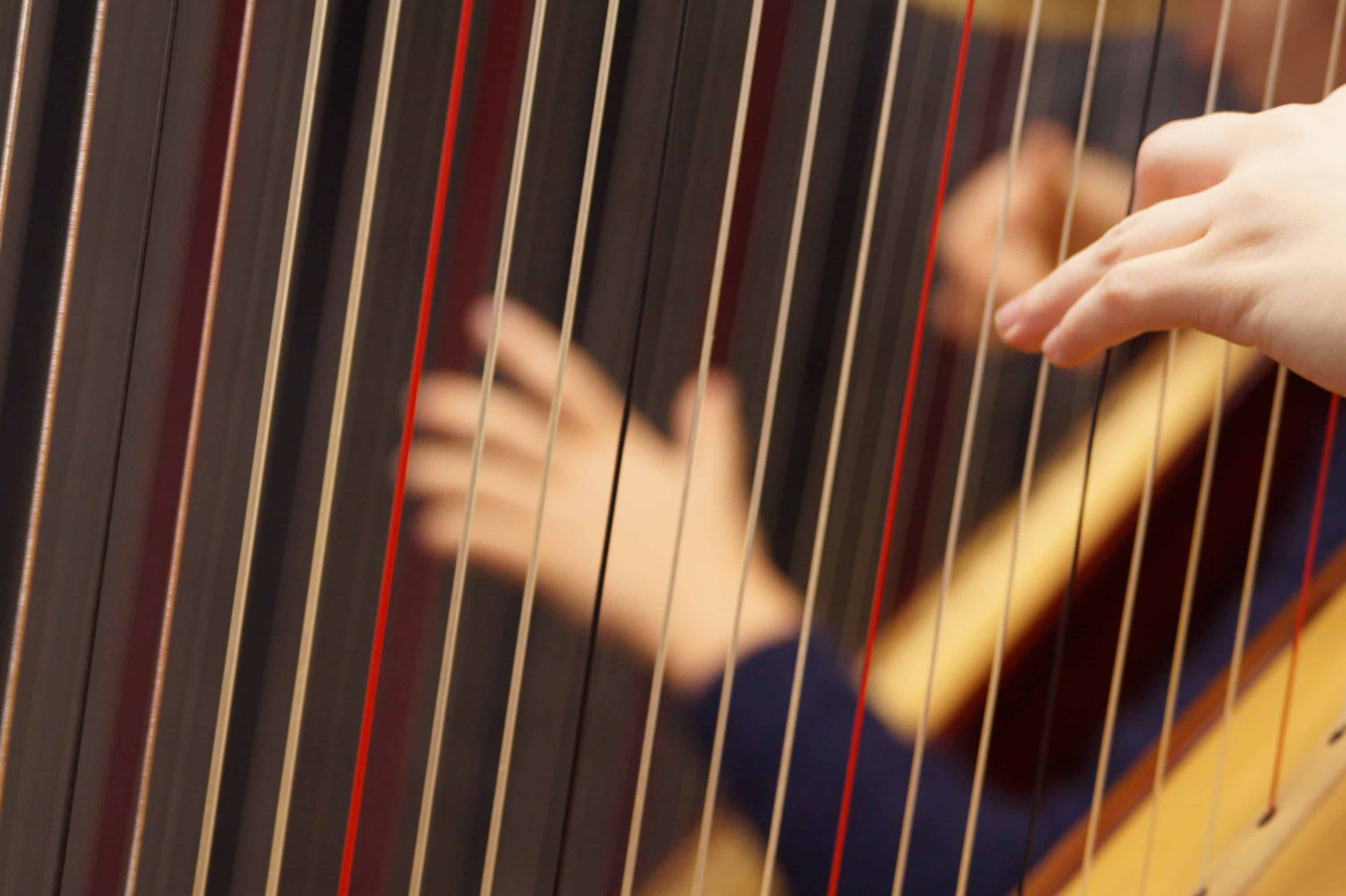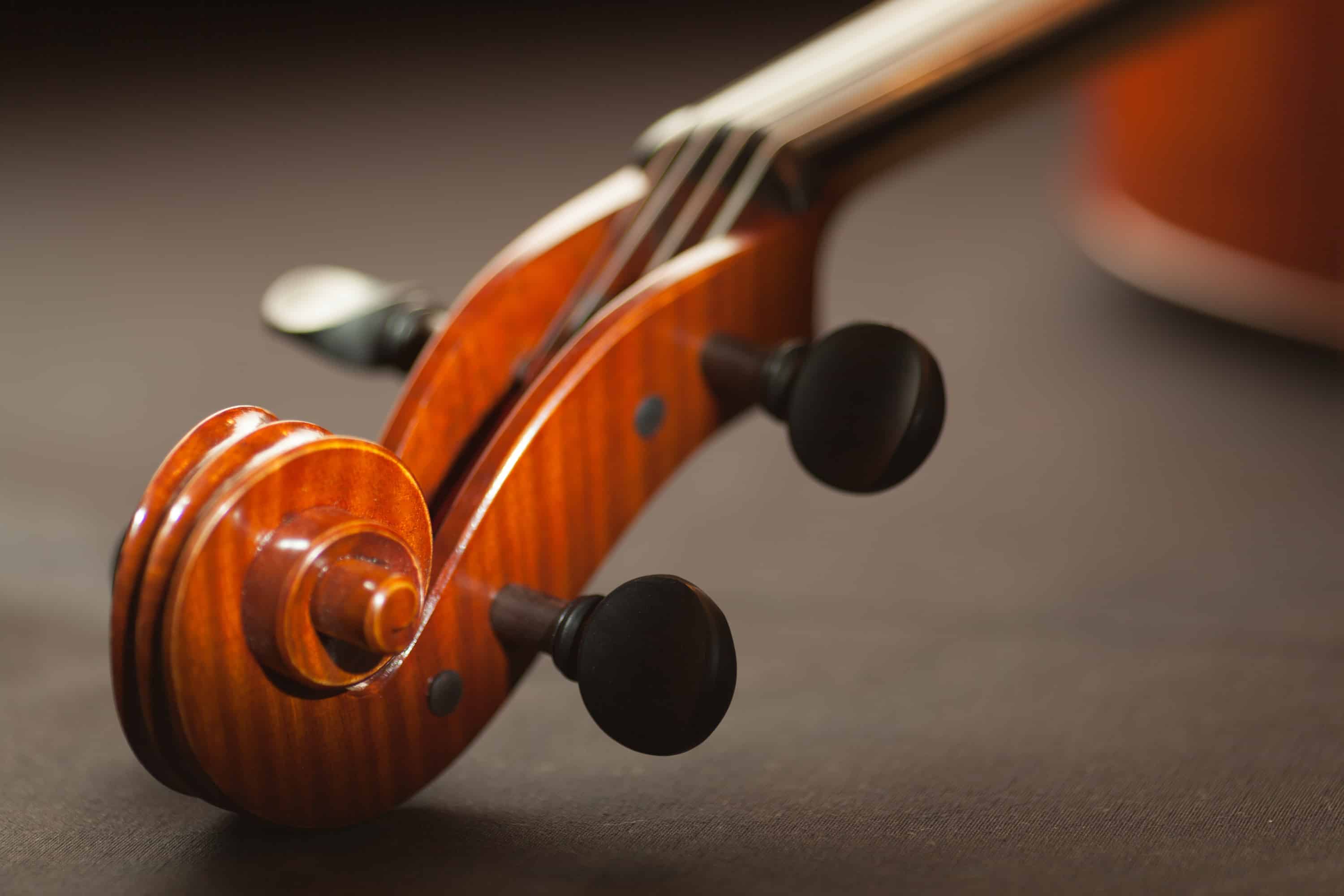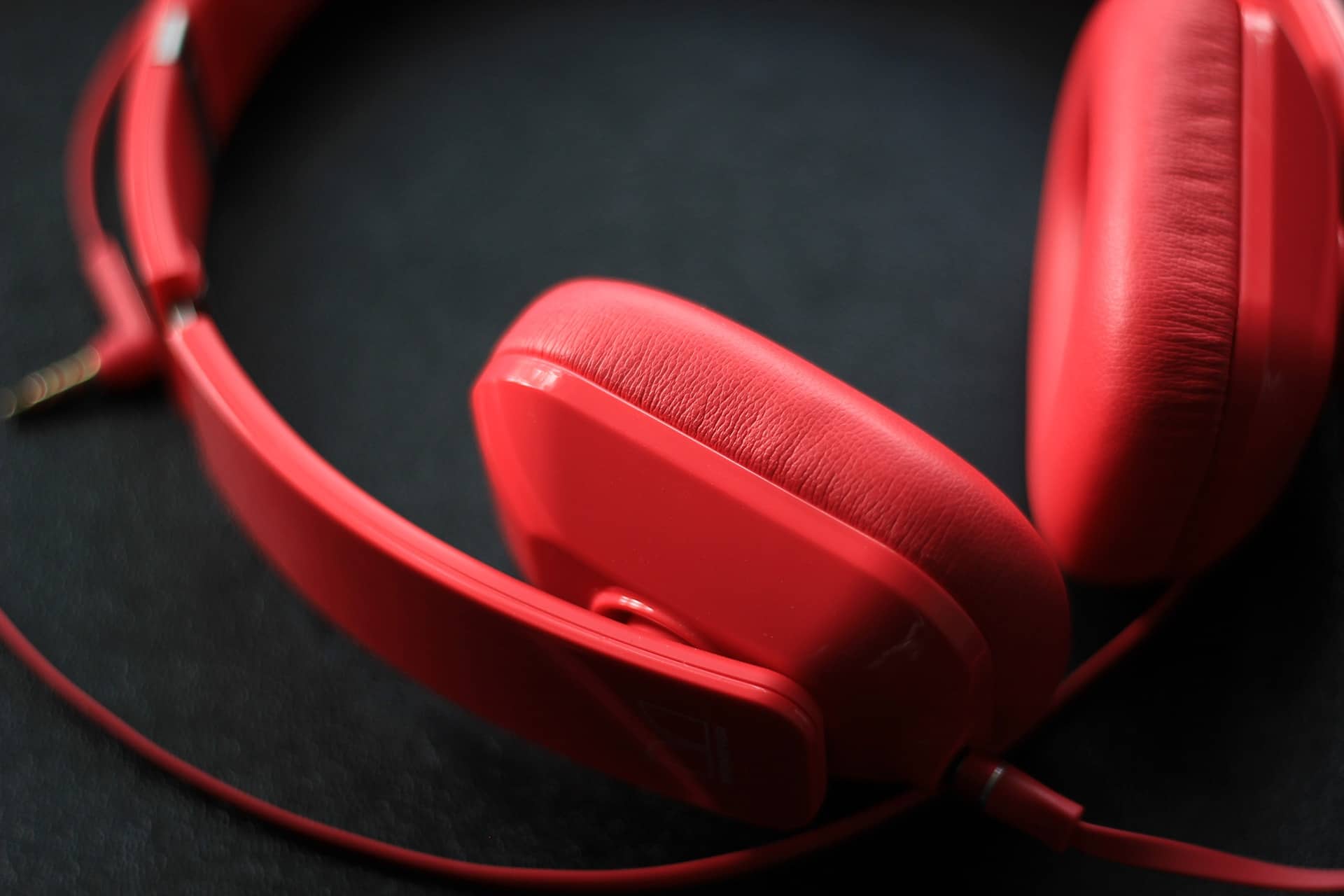Modal Sfumato:
New Wine in Old Wineskins ?
Diatonic Pitch Organisation in the 21st Century
The ‘Five-Flat’ Major Scale
On the subject of diatonic pitch organisation and the composer’s evolving concept of Modal Sfumato1 ... The ‘five-flat’ key signature (Db Major/Bb minor) used as an abstract collection of notes and rotating modes rather than a fixed parent scale, is of particular interest to the composer at this time (especially when writing for the piano), due to the fact it contains the most perfect, perfect-fourth (in equal temperament): C/F, surrounded by the notes of Gb Major Pentatonic: Gb – Ab – Bb – Db – Eb – Gb.
These five notes account for all of the black keys on the piano and produce rotating modes of Gb Major Pentatonic, with the mode depending upon the order in which the notes are voiced and which note the phrases resolve to (modal centre can of course be further enforced through vertical harmony and texture).
Incidentally, the ‘five-flat’ scale also accounts for the first seven steps of the cycle of fourths: C – F – Bb – Eb – Ab – Db – Gb.
The seven-note diatonic scale can be quite naturally extended to a more chromatic nine-note scale through utilising alternate versions of the relative minor (in this case the relative Bb melodic and harmonic minor scales) to introduce the notes G and A natural: C – Db – Eb – F – Gb – G – Ab – A – Bb – C (Nonachord 9-7).


Alternatively, resolving to a C (C/F) within Db Major means one is in C Locrian mode. Resolving to Gb (Gb Major Pentatonic) within Db Major means one is in Gb Lydian mode. The tonal centre (home-tone) is therefore blurred (modal sfumato) and the key signature has been organised into separate musical components that are no longer governed by the traditional rules of functioning harmony.
1 Sfumato: Technique used by Leonardo Da Vinci for softening the transition between colours: Imperceptible transitions between colours and tones ...
In addition, Db Major (or any Major scale) and its six modes can be referred to in 12-tone theory as Heptachord 7-35. The complement to 7-35 is the Pentachord 5-35, which is also recognised as the Major Pentatonic Scale, therefore, all Major scales in the diatonic system subsume a direct transposition of its own complement: The actual pitch complement to the Db Major scale is G Major Pentatonic, which offers the potential for an almost imperceptible semi-tone modulation from Gb to G natural (modal sfumato).
The visual aid of the piano keys:
This is (of course) transposable through all twelve keys, but the black and white keys of the piano offer a valuable visual aid to the theorist and composer whilst working specifically with the ‘five-flat’ key signature. This same visual aid can also be used to help navigate alternate semi-tone modulations and perhaps even shape overarching whole-tone pitch schemes:
The ‘five-sharp’ key signature (B Major/G# minor) contains the two ‘white’ keys: B/E surrounded by the ‘black’ notes of F# Major Pentatonic: F# – G# – A# – C# – D# (cycle of fifths: E – B – F# – C# – G# – D# – A#). The key has clearly modulated a whole-tone from C#/Db Major to B Major, but the internal Major Pentatonic spelling remains the same (in enharmonic equivalents). However, all of the internal modal relationships have changed . . .
This can be seen as another example of the composer’s evolving concept of Modal sfumato: An almost imperceptible modulation between colours and tones, offering the potential for composing pseudo modulation within keys (modal modulation) and an alternative route to using elements of ‘traditional’ diatonic functioning harmony for actual modulation between keys and (in this instance) helping to navigate almost imperceptible semi-tone modulations and whole-tone pitch schemes . . .
A further footnote of interest (perhaps) ...
The composer has also used the graphic (visual) separation of pitch and piano key colour to shape what he refers to as modal and diatonic clusters (see Mystics duo for two pianos).
If one plays a cluster of all the black keys, one is essentially creating a modal cluster, or more accurately a Pentacluster, because (no matter how complex) the cluster will only ever contain the five notes of the Gb/F# Major Pentatonic Scale. If one plays a cluster of all the white piano keys, one is essentially creating a seven-note diatonic cluster (C Major).

This can create a clear dialogue between the two pitch-timbres, which can easily be combined at any time to increase the levels of dissonance and tension and engage with the total chromatic (12-tone), or dissected further to work with the five-flat or five-sharp scales and therefore perhaps decrease the levels of dissonance and tension.
The five-flat key signature spells the first seven steps of the cycle of fourths, and in doing so offers the composer an additional avenue for pitch development and an alternative route to navigating to and/or from the total chromatic (12-tone language).
The cycle of fourths could be described as a linear equidistant ‘all-interval’ 12-tone consonance scale . . .
Dr Ian Percy July 2019








